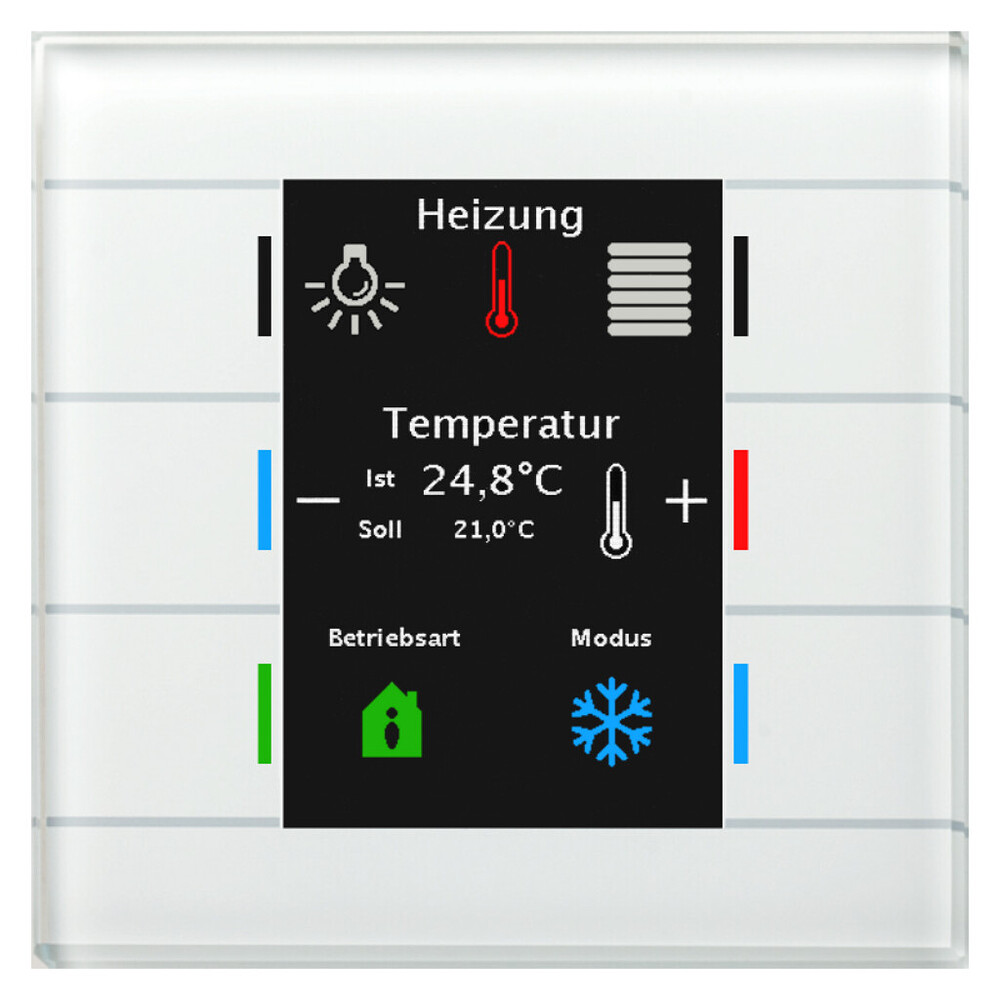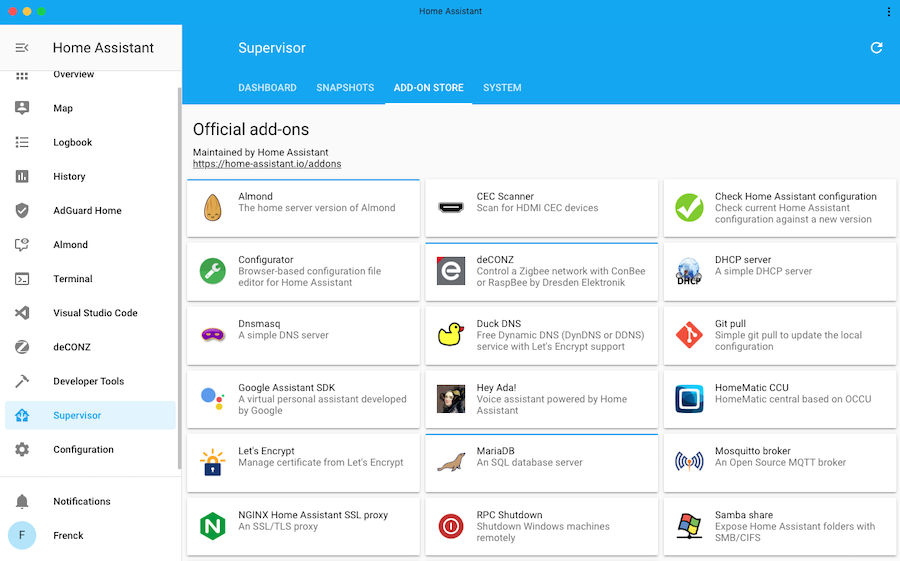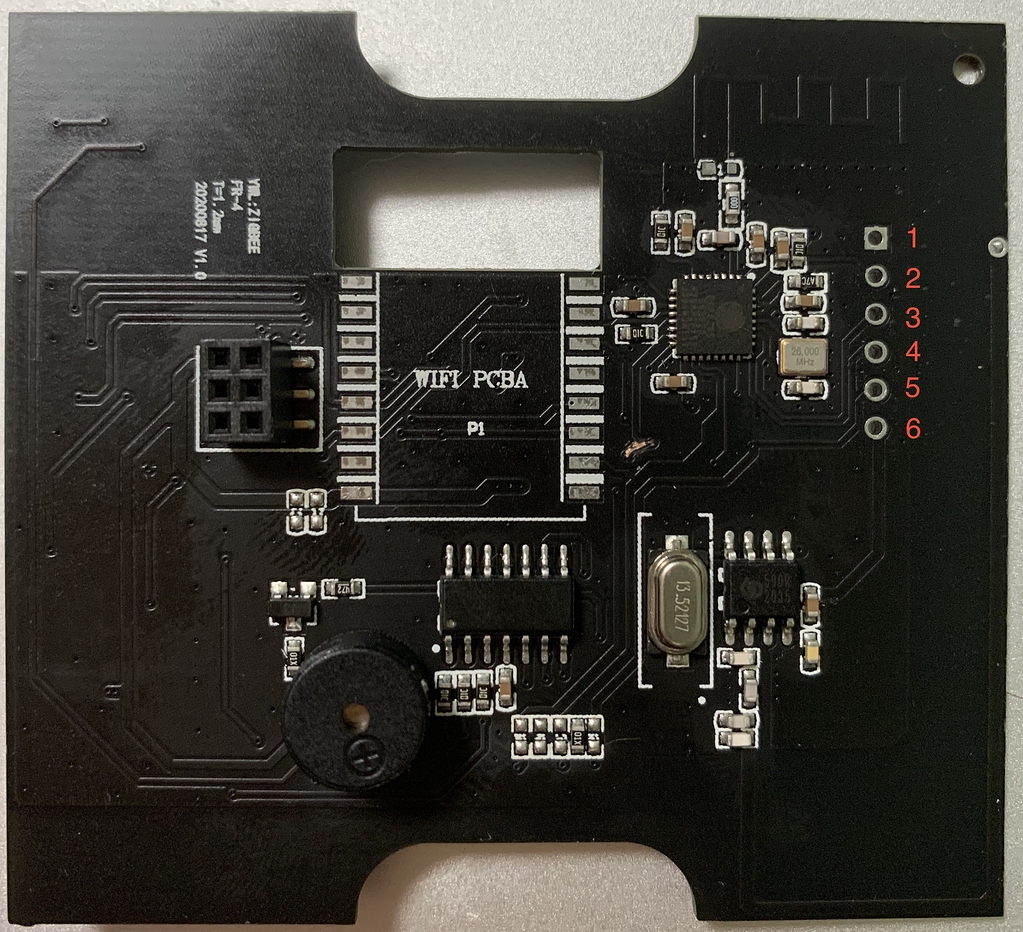Homeassistant switch takes center stage as we delve into the essential steps for setting up and managing switches within your Home Assistant ecosystem. This guide will navigate through the intricacies of configuring various types of switches, automating their functionality, and troubleshooting common issues that may arise. Whether you’re a novice or an experienced user, understanding these components will enhance your smart home experience.
From YAML configurations to the differentiation between smart and traditional switches, this overview is designed to provide a comprehensive understanding of how to seamlessly integrate switches into your Home Assistant setup. You’ll learn about automation routines that can elevate your home’s efficiency and comfort, making your living space truly intelligent.
Home Assistant Configuration

Configuring switches in Home Assistant is a fundamental step towards automating your home. It allows you to control various devices, such as lights, fans, and appliances, through a unified interface. This setup enhances convenience and can contribute to energy savings as well.
To set up a switch in Home Assistant, you need to follow a series of steps that involve adding the switch to your configuration file and defining its parameters correctly. Below are the essential steps to create a switch.
Steps to Set Up a Switch in Home Assistant
Begin by ensuring that you have Home Assistant installed and running. The configuration is primarily done in the `configuration.yaml` file. Here’s a streamlined process for setting up a switch:
1. Access Configuration File: Locate your `configuration.yaml` file, which is usually found in the configuration directory of your Home Assistant installation.
2. Define the Switch: Add the switch configuration under the `switch:` section. Ensure correct indentation to avoid errors.
3. Reload Configuration: After saving your changes, reload the configuration from the Home Assistant UI or restart the server to apply the updates.
Here’s an example of YAML configuration for a switch:
“`yaml
switch:
– platform: gpio
name: “Living Room Light”
pin: 17
“`
In this example, a GPIO switch for a light in the living room is defined. The `pin` attribute corresponds to the GPIO pin number that the switch is connected to.
Common Mistakes When Configuring Switches, Homeassistant switch
Configuring switches can be straightforward, but there are common pitfalls that users should be aware of to ensure a smooth setup. Understanding these can save time and prevent frustration.
- Incorrect Indentation: YAML is sensitive to spaces, so improper indentation can lead to configuration errors. Always ensure consistency in your spacing.
- Missing or Incorrect Attributes: Each switch type has specific attributes. Ensure that you are including the correct attributes for the platform you are using.
- Not Reloading Configuration: After changes are made, fail to reload the configuration or restart Home Assistant can result in the changes not being applied.
- Using Deprecated Platforms: Some platforms may be deprecated in newer versions of Home Assistant. Always check the official documentation for the most recent updates and supported components.
“Proper configuration is key to a successful automation experience in Home Assistant.”
Types of Switches in Home Assistant

In the realm of smart home automation, switches play a pivotal role in connecting various devices and allowing the user to control them seamlessly. Home Assistant supports a wide range of switch types, enabling users to integrate both traditional and modern smart switches into their home automation systems. Understanding the types of switches available and their functionalities can significantly enhance the efficiency of smart home setups.
Home Assistant is compatible with multiple switch types, each serving different purposes and integrating with diverse technologies. The two main categories of switches are smart switches and traditional switches, which differ significantly in their operation and capabilities. Smart switches are designed to connect to Wi-Fi networks or other smart home protocols, allowing remote access and automation features. In contrast, traditional switches primarily function manually, requiring physical interaction for operation.
Types of Switches Compatible with Home Assistant
Home Assistant supports various types of switches, each offering distinct functionalities that can enhance a smart home environment. The following categories highlight the different types of switches you can integrate:
- Smart Switches: These are Wi-Fi or Zigbee-enabled switches that allow remote control and automation, often requiring a dedicated app for configuration.
- Smart Plugs: A type of smart switch that plugs into existing outlets, enabling control of devices plugged into them. They often support energy monitoring features.
- Relay Switches: These switches allow for the control of high-voltage devices and can be integrated with existing wired switches to convert them into smart switches.
- Virtual Switches: These are software-based switches within Home Assistant, allowing automation without the need for physical hardware, often used for triggering scenes or automations.
- Traditional Switches: Non-smart, manual switches that can be integrated with smart systems through the use of relay modules or smart home hubs.
Differences Between Smart Switches and Traditional Switches
The primary distinction between smart and traditional switches lies in their operational capabilities. Smart switches offer advanced features such as remote access, scheduling, and automation, which are not available in traditional switches.
“Smart switches can be controlled remotely from smartphones, while traditional switches require physical interaction.”
Smart switches often come with additional functionalities, such as energy monitoring and integration with virtual assistants, whereas traditional switches simply complete or break a circuit. The integration of smart switches into a Home Assistant environment allows for a more cohesive and automated home experience.
Methods to Integrate Various Switch Types into Home Assistant
Integrating switches into Home Assistant can be achieved through several methods, depending on the switch type. Each integration option may vary based on the communication protocols used by the switches.
- Direct Integration: Many smart switches can be integrated directly through Home Assistant by adding their respective integrations via the configuration UI or YAML configuration files.
- Using Smart Hubs: Some switches may require a dedicated hub (such as Philips Hue for lights) to communicate with Home Assistant. This method allows for better compatibility and access to advanced features.
- Custom Components: For switches not natively supported by Home Assistant, users can create or find custom components or add-ons to facilitate integration.
- API Integration: Smart switches with an open API can be integrated using RESTful commands or webhooks, allowing for advanced automation scenarios.
- MQTT Protocol: Some devices can communicate via MQTT, which Home Assistant supports, enabling a flexible integration approach for smart switches.
Automating Switches with Home Assistant

Automation in Home Assistant utilizes switches to enhance home management and control. By creating routines that incorporate switches, users can streamline everyday tasks, increase energy efficiency, and elevate the home automation experience. This section delves into the methods of automating switches, the synergistic benefits of integrating scripts, and advanced scenarios that typify the versatility of Home Assistant in domestic automation.
Creating Automation Routines for Switches
Establishing automation routines in Home Assistant is a straightforward process that allows users to manage their switches effectively. Automation can be triggered by various events, such as time, state changes, or even sensor data. Here’s a general approach to creating automation routines:
1. Select a Trigger: Choose the event that will initiate the automation. Common triggers include:
– Time-based (e.g., turning on lights at sunset)
– State-based (e.g., a sensor detecting motion)
– Event-based (e.g., a button press)
2. Define Conditions: Conditions are optional and can refine when the automation should run. For example:
– Only execute if a specific device is in a particular state.
– Ensure the automation only runs on certain days or times.
3. Set Actions: The actions define what happens when the trigger occurs and the conditions are met. Actions can include:
– Turning a switch on or off.
– Sending notifications or alerts.
– Executing scripts or other automations.
4. Example Automation Code:
“`yaml
alias: Turn on living room lights at sunset
trigger:
platform: sun
event: sunset
action:
service: switch.turn_on
entity_id: switch.living_room_lights
“`
Benefits of Using Scripts with Switches
Integrating scripts with switches in Home Assistant can significantly enhance the functionality and flexibility of automations. Scripts allow for more complex operations that can be executed in sequence or under specific conditions. The benefits of this integration include:
– Modularity: Scripts can encapsulate multiple actions, making it easier to manage complex sequences without cluttering automation configurations.
– Reusability: Once a script is written, it can be reused across different automations, promoting efficiency in setups.
– Enhanced Control: Scripts can incorporate logic and conditions that are more sophisticated than typical automation, allowing for interactive scenarios.
Scripts provide a way to build complex interactions that can adapt dynamically to changing conditions, thereby enriching the home automation experience.
Advanced Automation Scenarios Featuring Switches
Advanced automation scenarios can drastically improve the utility of your home environment. Here are some illustrative examples to consider:
– Home Theater Setup: A single button press can initiate a series of actions to set up your home theater. This includes:
– Turning on the TV.
– Adjusting the lights to dim.
– Setting the thermostat to a comfortable level.
“`yaml
alias: Movie Night
trigger:
platform: state
entity_id: input_boolean.movie_night
to: ‘on’
action:
– service: switch.turn_on
entity_id: switch.tv
– service: light.turn_on
entity_id: light.living_room
data:
brightness: 50
– service: climate.set_temperature
entity_id: climate.living_room
data:
temperature: 22
“`
– Automated Morning Routine: As the sun rises, your home can wake up with you. An automation might include:
– Gradually increasing the brightness of bedroom lights.
– Turning on a coffee maker switch.
– Opening smart blinds to let in natural light.
– Energy Saving Mode: When you leave the house, a defined automation can help reduce energy consumption by:
– Turning off all non-essential switches.
– Adjusting the thermostat to an energy-saving setting.
– Sending a notification to confirm that all systems are set.
These advanced scenarios leverage Home Assistant’s capabilities to create a smarter, more responsive home environment, ultimately making daily life more convenient and efficient.
Troubleshooting Switch Issues: Homeassistant Switch
Troubleshooting issues with switches in Home Assistant is crucial to ensuring a reliable smart home experience. Users may encounter various problems that disrupt the expected functionality. Understanding these issues, their solutions, and effective debugging techniques can significantly enhance the user experience and maintain seamless operation of smart devices.
Common Issues with Switches
Numerous issues may arise with switches in Home Assistant, which can affect their operational efficacy. Here are some of the most frequently encountered problems and their corresponding solutions:
- Switch Not Responding: Often, this issue arises due to network connectivity problems. Ensure that the switch is connected to the same network as Home Assistant and check the device’s status in the Home Assistant dashboard. Restarting the Home Assistant service can also resolve this issue.
- Incorrect States: Sometimes, switches may show incorrect statuses in the dashboard. This can occur if the switch fails to update its state due to a communication error. To rectify this, refresh the entity in Home Assistant or try toggling the switch manually to synchronize its state.
- Integration Issues: Some switches may not integrate properly with Home Assistant. Verify that you have the latest version of the integration and check the documentation for any specific configuration steps required for your device.
- Automations Not Triggering: If automations linked to switches are not activating as expected, review the triggers and conditions set in your Home Assistant automations. Ensure that the entities referenced are correctly defined and functioning.
Enabling Debugging for Switches
Enabling debugging for switches can provide insights into the underlying issues when problems arise. Home Assistant allows users to activate debug logging, which captures detailed logs of switch activities.
To enable debugging, modify the configuration.yaml file as follows:
code: |
logger:
default: info
logs:
homeassistant.components.switch: debug
After saving the changes, restart Home Assistant. The logs can be viewed in the Home Assistant UI under the logs section or accessed through the system’s log file.
Interpreting the logs involves looking for error messages or anomalies related to switch operations. Common log entries may include connection failures, timeout errors, or integration issues. Analyzing these entries can guide users in pinpointing the exact problem with their switches.
Best Practices for Maintaining Switch Functionality
To ensure optimal performance and reliability of switches within Home Assistant, adhering to best practices is essential. Implementing the following strategies can help maintain functionality:
- Regular Updates: Keep Home Assistant up to date to benefit from the latest features and bug fixes. This also applies to the firmware of the switches themselves.
- Network Stability: Ensure a stable network environment, as many switch issues stem from poor connectivity. Consider using wired connections for critical devices whenever possible.
- Consistent Configuration Checks: Periodically review your configurations to ensure all integrations and custom setups adhere to current standards and practices.
- Backup Configurations: Regularly back up your Home Assistant configuration files. This practice ensures that you can restore settings quickly in case of failure or misconfiguration.
FAQ Section
What is a Home Assistant switch?
A Home Assistant switch is a component of the Home Assistant platform that allows users to control electrical devices remotely via the Home Assistant interface.
Can I use traditional switches with Home Assistant?
Yes, traditional switches can be integrated into Home Assistant through smart plugs or compatible hubs that connect them to the network.
What is YAML in Home Assistant?
YAML is a human-readable data serialization standard used for configuring settings in Home Assistant, including switches and automations.
How can I automate multiple switches at once?
You can create automation routines in Home Assistant that allow multiple switches to be controlled simultaneously based on specific triggers or schedules.
What should I do if my switch is not responding?
First, check the connection and power supply. If the issue persists, review the logs for errors and consider enabling debugging to gather more information.
For anyone looking to enhance their home lighting, the philips hue dim offers an innovative solution. This feature allows you to control the brightness and ambiance of your lights with ease, creating the perfect atmosphere for any occasion. Whether it’s a cozy movie night or an energizing morning, adjusting your lights has never been simpler.
If you’ve ever misplaced your phone or want to locate a device quickly, the smart find samsung feature is a game changer. This tool not only helps you track your smartphone but also connects seamlessly with other Samsung devices, ensuring that you never lose track of your essentials again. With just a few taps, you can find your device in no time.
